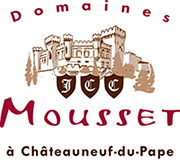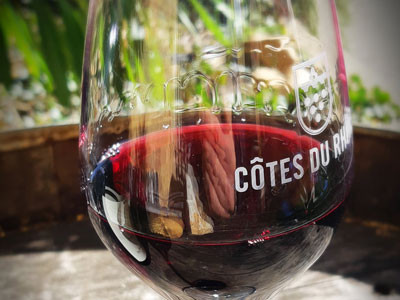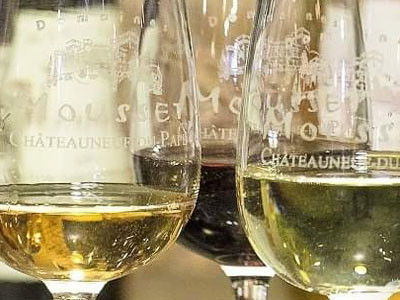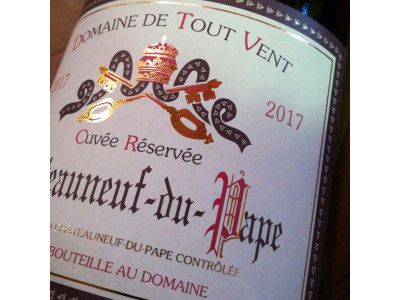The climate of the vineyards of the southern Rhône valley is typically Mediterranean, thus guaranteeing exceptional sunshine of more than 2,700 hours per year. What makes the exceptional terroir of this vineyard is also the presence of the most famous of the southern winds, the aptly named "mistral" (from the old Provençal "mistrau", itself derived from the Latin " magistralis” meaning “the master”). Running down the southern Rhône Valley, it greatly contributes to the quality of the AOCs produced. By its cold, dry and relatively violent character, it has a drying effect on the vineyard, beneficial during wet periods, and plays a role of "concentrator" during the summer, during the period of maturation of the grapes.
The terroirs of the southern Rhône valley are extremely complex. Located on hillsides and plateaus formed within a sedimentary basin, the vineyards of this valley benefit from rich and diversified soils. They allow the use of a large number of grape varieties, which allow winegrowers to adapt the grape varieties of their plots to the soils that compose them. This combination of climatic and geological factors is largely responsible for the quality and diversity of the wines of the Rhône Valley. If the AOC Châteauneuf-du-Pape remains unquestionably the headliner of the wines of the vineyards of the southern Rhône valley, the regional wines (these famous Côtes du Rhône) which are produced there are just as worthy of interest, benefiting from the same climate and the same terroir.













